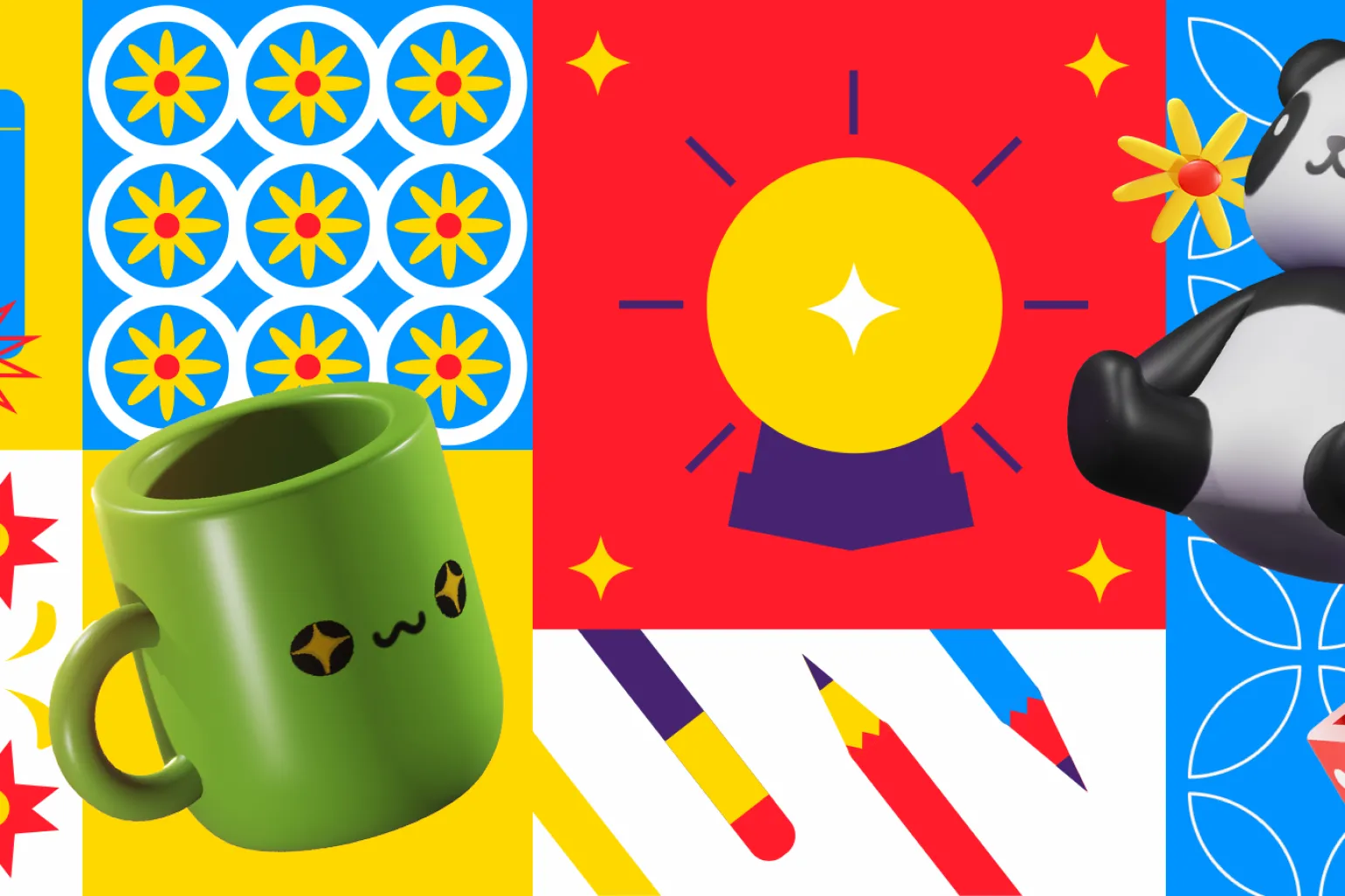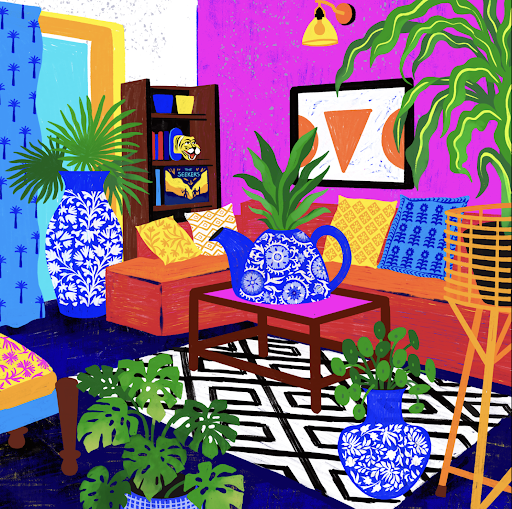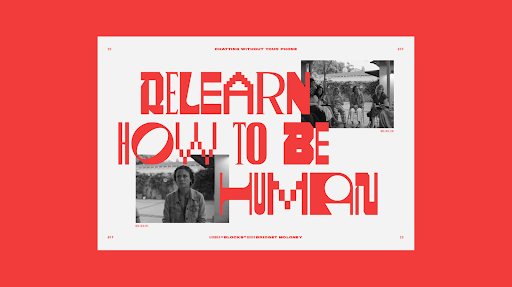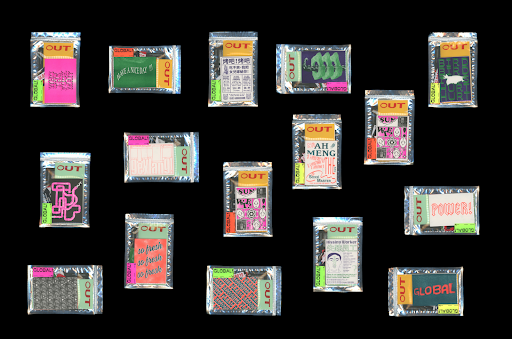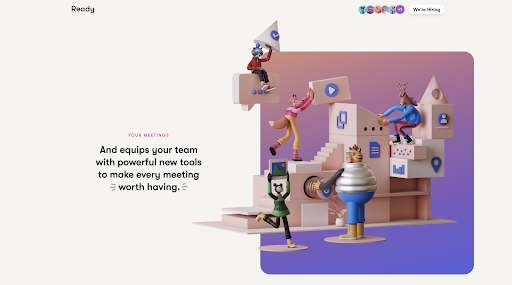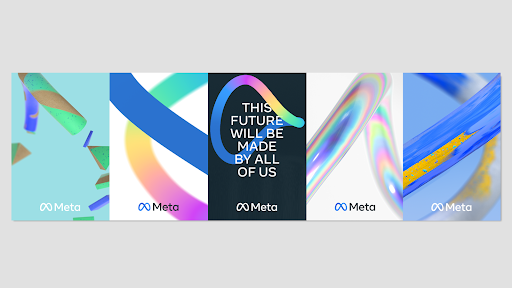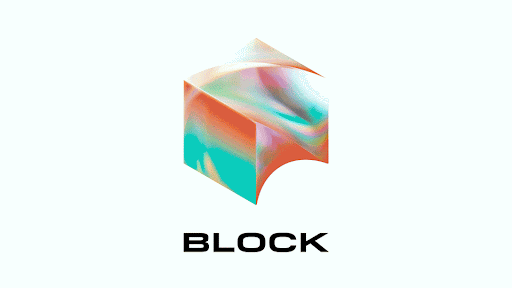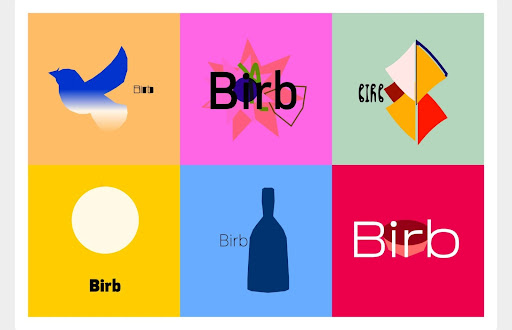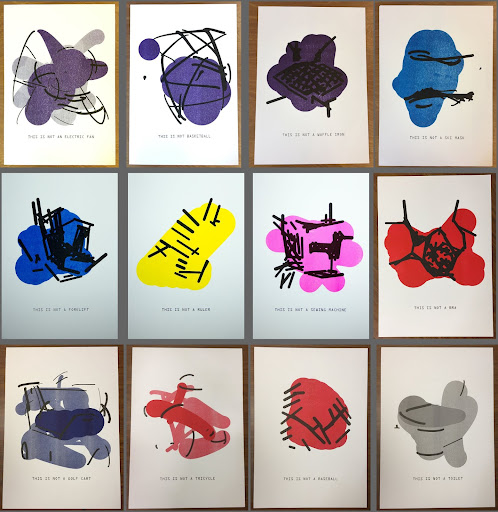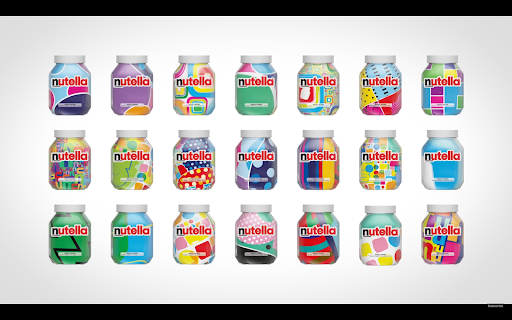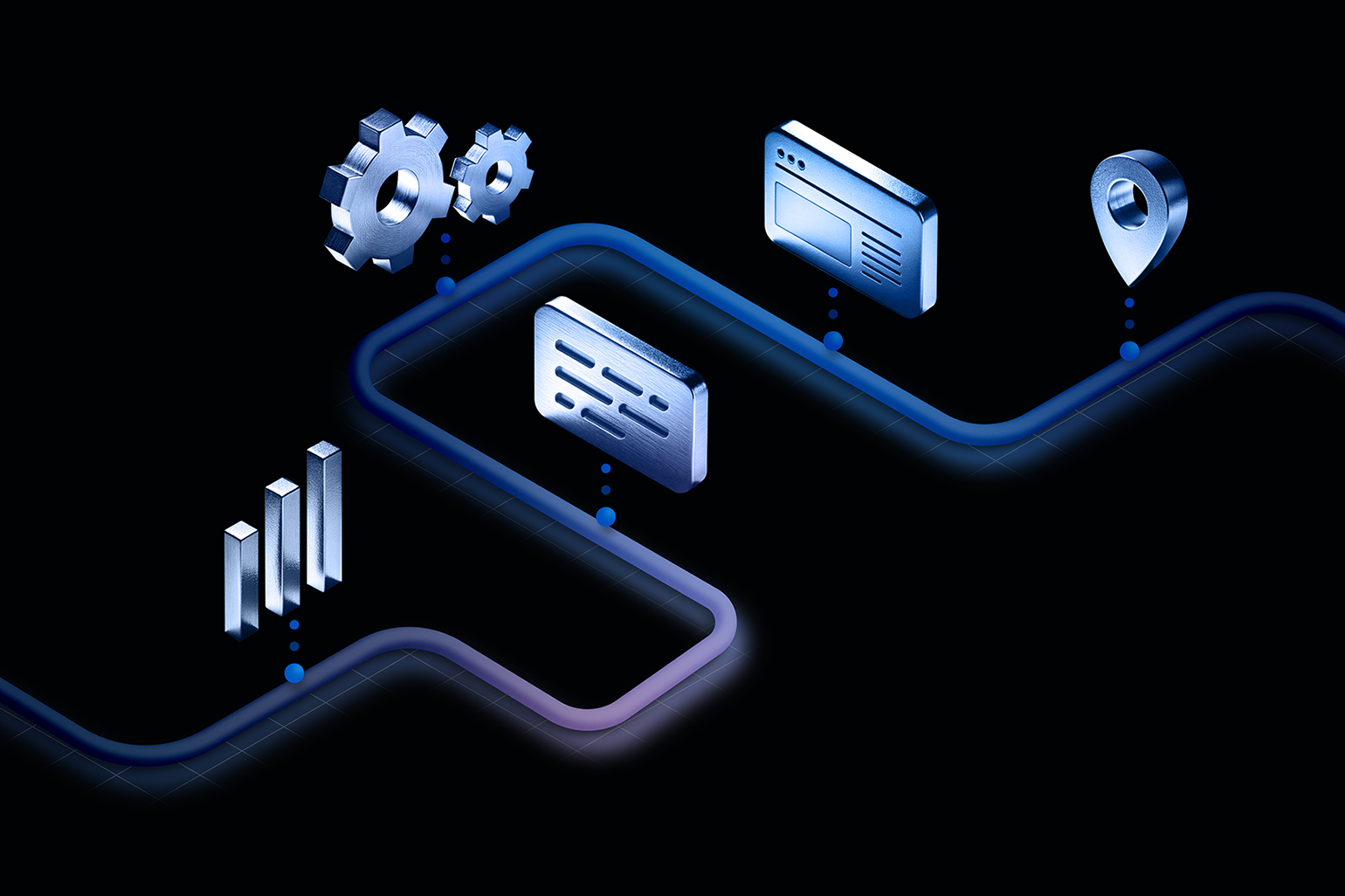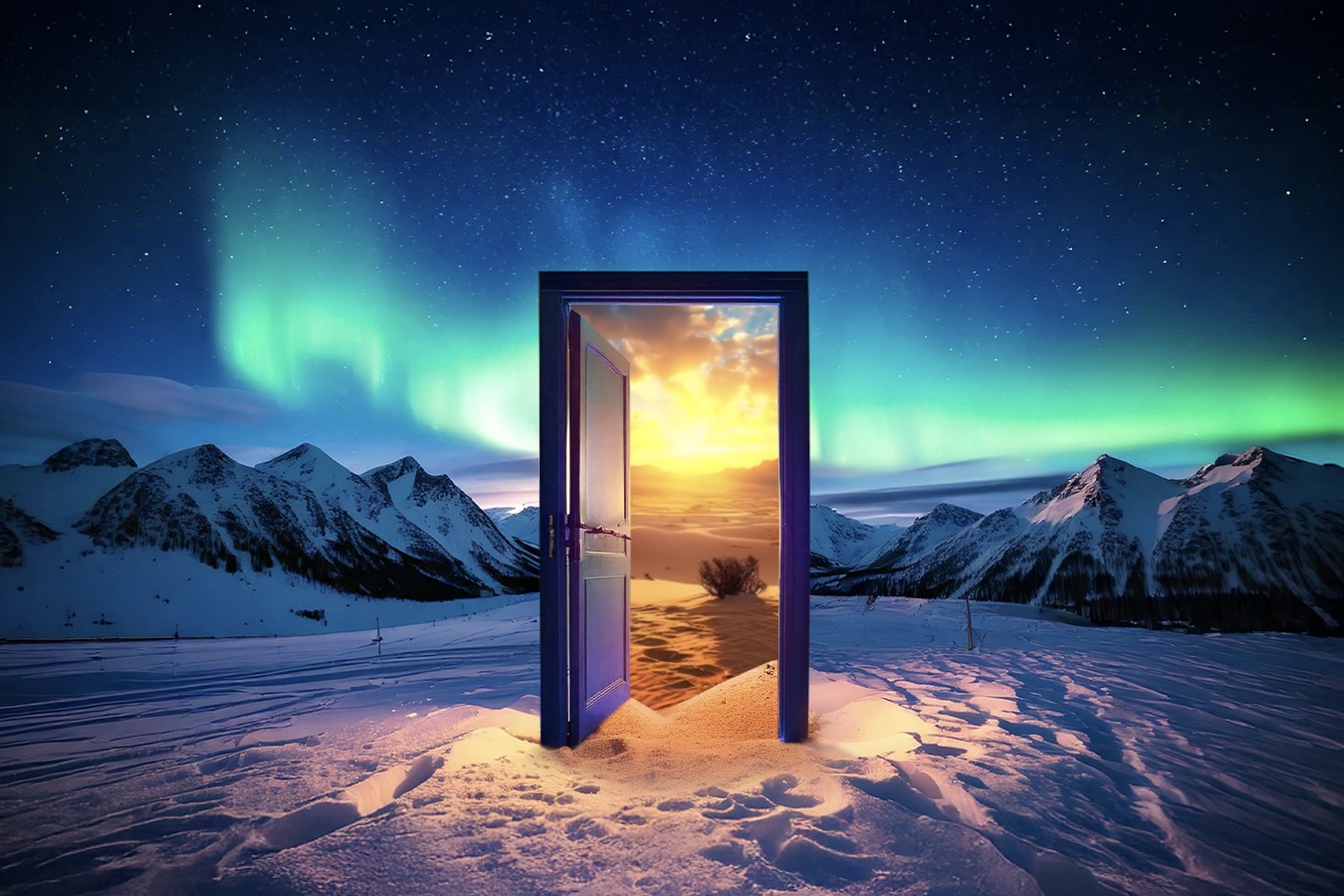Tomorrow is coming, and this is what it looks like: crisp 3D renders, glossy textures, and precise, looping movements.
You may find these graphics familiar or even nostalgic, and that would make perfect sense. There’s some overlap with skeuomorphism—think of those shiny, metallic UI icons in old iPhones and Windows XP buttons.
In their modern rebirth, though, 3D graphics in design are less about replicating reality and more about enhancing a narrative in eye-catching ways.
The boom in popularity is no doubt happening, in part, because of increasing accessibility. As 3D modeling tools have become widely available (think Blender and Cinema 4D), 3D graphics have re-emerged as a way to add dimensionality and texture to online spaces.
